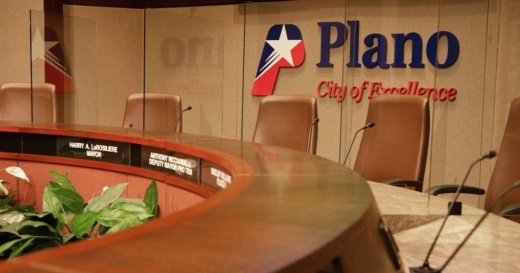Officials from the department presented the report at the Sept. 27 City Council meeting.
The report classifies individuals as being either sheltered, meaning they are living in temporary housing, or unsheltered, meaning they are sleeping in a vehicle, abandoned building or camp site.
During a single day in 2020, there were 161 sheltered and 92 unsheltered individuals in Plano, for a total of 253 homeless people, the report showed. This year, the point-in-time report shows the number of sheltered individuals dropped to 89, while unsheltered people increased to 127. The total number of homeless people counted this year was 216. According to separate data from the Plano ISD, 460 students were identified as homeless during the 2020-21 school year. An estimated 100 families were in shelters, while 100 students resided in hotels or motels as their permanent home.
Shanette Eaden, the city’s housing and community services manager, said the COVID-19 pandemic was a factor in the changing homeless population.
“COVID happened, ... and it affected all of our residents—homeless and those that are not homeless,” she said.
In partnership with county and federal funds, the city spent over $2 million in the past fiscal year on various homelessness prevention and housing assistance programs.
Eaden said staff is working to create a homelessness dashboard that allows city officials and residents to stay up to date on monthly statistics in the city.
Council Member Rick Grady became emotional while speaking about the importance of educating community members on factors that can lead to homelessness.
“When people look at homelessness, they think that's the problem and the cure is to either move them out or put them in a box, and that does not solve the issue,” he said during the Sept. 27 meeting. “I am all for an educational campaign so that people really, truly understand that anybody in this room, anybody in this city, can become homeless in a fraction of a second. I know that because I was there twice, and I don't want anybody to ever doubt how ugly it is.”
Grady said health issues, personal tragedy, a lack of education and low-paying jobs are some of the reasons that could cause a person to become homeless.
“It is a big issue, and when you walk and talk to people that are on the street, they don't want to be there either,” Grady said. “That is not where they want to be in life, and for us as human beings, we need to be able to take their hand and pull them up.”
See the city's latest report below.





